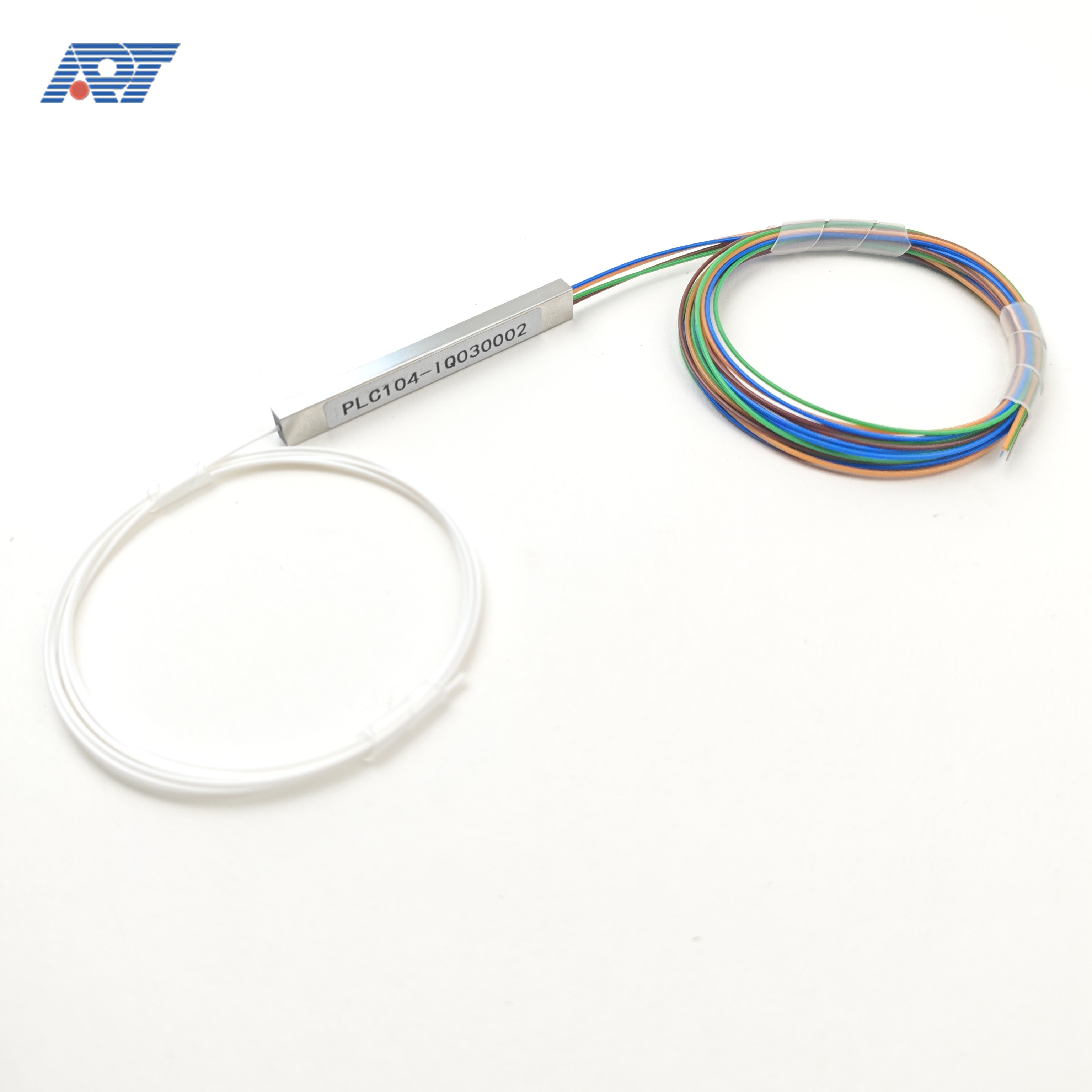Key Features to Look for in PLC Splitters Without Connectors
Understanding PLC Splitters Without Connectors
PLC (Planar Lightwave Circuit) splitters play a vital role in distributing optical signals within fiber networks efficiently. These devices are indispensable in broadband networks such as Fiber to the Home (FTTH), Passive Optical Networks (PONs), and data centers. By evenly splitting a lightwave input into multiple outputs, PLC splitters ensure that signal distribution is seamless and efficient, eliminating the need for additional connectors.
The significance of PLC splitters in fiber networks cannot be overstated. They facilitate a more reliable bandwidth allocation and maintain network stability by providing accurate splits with minimal loss. This is especially advantageous in PON environments, where precise signal distribution is necessary to handle multiple users without degrading the quality.
When comparing PLC splitters to traditional fiber optic splitters, such as Fused Biconical Taper (FBT) splitters, PLC splitters stand out due to their compact size and superior performance. Unlike FBT splitters, PLC splitters offer greater precision in splitting, less insertion loss, and a scalable parallel design. The reduced space requirement and high-density capabilities make them a preferred choice for modern network deployments.
Key Features of PLC Splitters Without Connectors
PLC splitters without connectors boast a compact design that is perfect for space efficiency in fiber networks. Their small form factor allows for seamless integration into various network setups, significantly reducing the physical space required. This compactness is particularly beneficial for installations in tight spaces like fiber splice closures or joint boxes, where every inch counts.
Moreover, these splitters are characterized by low insertion loss and high reliability, ensuring minimal signal degradation. According to industry standards, metrics such as insertion loss and polarization dependent loss (PDL) are kept low, promoting stability and performance. For instance, some models exhibit insertion losses as low as 16.9 dB and PDL as low as 0.3 dB, factors that are crucial in maintaining signal quality across extensive network branches.
Another key feature is their wide operating wavelength range, which enhances compatibility with diverse fiber optic cables. Operating effectively within wavelengths such as 1260-1650 nm, these PLC splitters facilitate flexibility and adaptability in aligning with varying cable specifications. This adaptability makes them an integral component in Fiber to the Home (FTTH) and other passive optical network (PON) applications, thereby streamlining network communication systems.
Types of PLC Splitters Without Connectors
Understanding the different types of PLC splitters without connectors is crucial for network efficiency and flexibility. Bare Fiber PLC Splitters are particularly valued for their simple structure, consisting of bare optical fibers without connectors. This makes them cost-effective and highly flexible, ideal for lab settings, and for use in FTTx networks. These splitters can be manually spliced to accommodate specific needs, making them indispensable in situations requiring customized fiber setups.
Blockless PLC Splitters offer enhanced performance and installation ease compared to bare fiber types. The absence of a protective enclosure is substituted with a robust stainless tube that houses the fibers, improving fiber protection without sacrificing installation convenience. They are often used in distribution boxes or network cabinets where space is a premium, providing a balance between protection and simplicity.
ABS Module PLC Splitters, housed in durable ABS plastic, provide increased durability and protection, especially in harsh environments. The ABS enclosure not only shields the optical components but also maintains thermal stability, making these splitters ideal for outdoor installations like fiber distribution boxes. Their robust design ensures reliable performance, safeguarding the internal components from environmental changes and mechanical impacts.
How to Choose the Right PLC Splitter for Your Needs
Selecting the right PLC splitter is pivotal for optimizing your fiber optic network's performance and efficiency. Start by evaluating your current fiber network requirements. Consider factors such as the existing network load, the expected growth or expansion needs, and the signal quality required for optimal operations. Understanding these elements will help you decide on the appropriate splitter type and deployment strategy to meet both current and future demands.
When selecting a PLC Splitter, it's also essential to consider split ratios and the installation environment. Different split ratios have varying impacts on performance, influencing bandwidth distribution and signal strength. A higher split ratio may be efficient for distributing signals to multiple users but could compromise signal strength over long distances. Additionally, the installation environment—whether indoor, outdoor, in a data center, or a more challenging environment—will dictate the type of splitter casing suitable for your needs, such as bare fiber or ABS modules for harsh conditions. By carefully analyzing these factors, you can ensure a seamless and effective fiber network installation.
Product Showcase: PLC Splitter-Mini Type Stainless Tube-1x4-1.0M-NONE
The PLC Splitter-Mini Type Stainless Tube-1x4-1.0M-NONE is a compact and efficient optical device designed for light distribution in various network environments. It features an operating wavelength range of 1260-1650 nm, ensuring a wide compatibility with several fiber optic systems. This splitter boasts an insertion loss of ≤7.4 dB and a return loss of ≥55 dB, establishing it as a reliable choice for high-performance applications. Its mini stainless steel tube design ensures durability and ease of installation, even in space-constrained locations.

This splitter finds extensive application in data centers, telecom networks, and residential fiber installations. Constructed with Corning G.657A1 fiber, it provides excellent repeatability and minimal distortion in signal transmission. It's specifically advantageous in passive optical networks like EPON, GPON, and BPON, connecting the central office to end terminals, facilitating various broadband distribution tasks. Furthermore, its versatile deployment options, including fiber splice closures and joint boxes, make it an ideal choice for scaling network capacities while maintaining high performance. Overall, this PLC Splitter is a key component in ensuring robust and efficient fiber optic networks.






